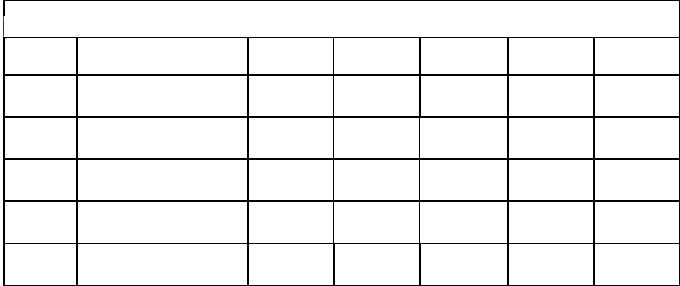| |
relative popularity. A questionnaire may be developed
on which the patrons indicate their preference for
various items. The manner in which the foods are
described, the instructions given with the questionnaire,
and where and when it is filled out are important factors
to consider if you are to obtain good reliable data.
The most commonly used food preference
questionnaire is a rating scale given to each person
attending the meal or at some other appropriate time.
This type of questionnaire is easily tabulated and is
reliable because checking or circling a block is all that
a person is required to do.
Food preference questiomaires can determine
which single food items are most or least popular, their
desired frequency of use on a menu, and what menu
combinations are most or least liked. An example of
how to canvass for opinions on single food items is
given in figure 7-4.
These food preference
questionnaires should be updated periodically because
tastes change, new personnel come aboard, and new
items are procured.
Another type of questionnaire used may prove
beneficial to the menu planner and the MS. This
questionnaire is completed by the MS on watch
concerning the meal just prepared. (See fig. 7-5.)
Food Usage Records
A 42-day menu with valid acceptability factors can
be used to estimate the requirements for a 45-day (42
actual) load out. Add one-third of initial requirements
for a 60-day (56 actual) period. By doubling the initial
requirement, the time can be extended to a 90-day (84
FOODSERVICE DIVISION
Date
List below any information that will be beneficial
in the future planning of menus.
All Mess
Management Specialists are encouraged to write
comments concerning the meal you just prepared.
Color
Texture
Taste
Equipment
Manpower
Variation
Additional Comments
Figure 7-5.—Foodservice division questionnaire.
CIRCLE ONE ANSWER AFTER EACH FOOD
FOOD ITEM
Not tried
Steamed frankfurters
Not tried
Pineapple and cottage cheese
salad
Not tried
New England dinner
Not tried
Buttered green lima beans
Not tried
Scalloped potatoes
Like very
Like
Neither like
much
moderately
nor dislike
Like very
Like
Neither like
much
moderately
nor dislike
Like very
Like
Neither like
much
moderately
nor dislike
Like very
Like
Neither like
much
moderately
nor dislike
Like very
Like
Neither like
much
moderately
nor dislike
Figure 7-4.-Sample food preference questionnaire.
Dislike
moderately
Dislike
moderately
Dislike
moderately
Dislike
moderately
Dislike
moderately
Dislike very
much
Dislike very
much
Dislike very
much
Dislike very
much
Dislike very
much
7-15
|

